
The Incredible String Band were a British psychedelic folk band formed by Clive Palmer, Robin Williamson and Mike Heron in Edinburgh in 1966. The band built a considerable following, especially in the British counterculture, notably with their albums The 5000 Spirits or the Layers of the Onion (1967), The Hangman's Beautiful Daughter (1968), and Wee Tam and the Big Huge (1968). They became pioneers in psychedelic folk and, through integrating a wide variety of traditional music forms and instruments, in the development of world music.

John Renbourn was an English guitarist and songwriter. He was best known for his collaboration with guitarist Bert Jansch as well as his work with the folk group Pentangle, although he maintained a solo career before, during and after that band's existence (1967–1973). He worked later in a duo with Stefan Grossman.
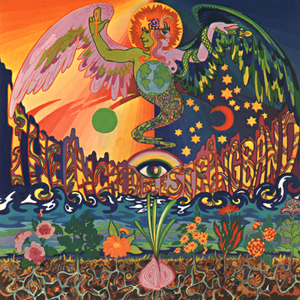
The 5000 Spirits or the Layers of the Onion is the second album by the Scottish psychedelic folk group the Incredible String Band (ISB). It was released in July 1967 on Elektra Records. The album was recorded following the reformation of the band as a duo consisting of Robin Williamson and Mike Heron. Notably, the album was a change in musical direction for the two as they transitioned from their more conventional folk music structures into complex psychedelic compositions influenced by British folk and Indian music.

The Hangman's Beautiful Daughter is the third album by the Scottish psychedelic folk group, the Incredible String Band (ISB), and was released in March 1968 on Elektra Records. It saw the band continuing its development of the elements of psychedelic folk and enlarging on past themes, a process they had begun on their previous album, The 5000 Spirits or the Layers of the Onion. Instrumentally, it was the ISB's most complex and experimental album to date, featuring a wide array of exotic instruments. In addition, the album captured the band utilising multi-tracks and overdubbing.

The Incredible String Band is the debut album by the band of the same name, released in the United Kingdom in October 1966 by record label Elektra. It is the only one of the band's albums to feature the original trio line-up with Clive Palmer, Robin Williamson and Mike Heron.

U is a double album, the seventh studio album overall, by the British psychedelic folk group the Incredible String Band (ISB) and was released on Elektra Records in October 1970. The majority of the material featured on the album was taken from the mixed-media production of the same name, which saw the band backed by the dancing troupe the Stone Monkey. The concept of U derived from the ISB's fascination and subsequent conversion to Scientology in 1969.
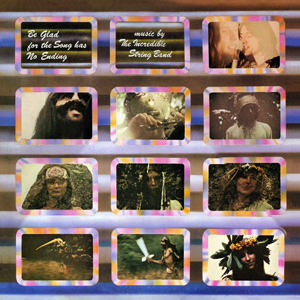
Be Glad for the Song Has No Ending is the eighth album by the Scottish psychedelic folk group, the Incredible String Band, featuring Mike Heron, Robin Williamson, Licorice McKechnie and Rose Simpson. It is the soundtrack for a film of the same name, and was released on Island Records in March 1971, failing to chart in either the UK or US. It would be the first album from the band on the Island label, and the last to feature Joe Boyd as the producer.

Wee Tam and the Big Huge is the fourth album by the Scottish psychedelic folk group, the Incredible String Band, released in Europe as both a double LP and separate single LPs in November 1968 by Elektra Records. In the US, however, the two discs were released separately as Wee Tam and The Big Huge.

James Michael Heron is a Scottish singer, songwriter and multi-instrumentalist, best known for his work in the Incredible String Band in the 1960s and 1970s.

Changing Horses is the fifth album by the Scottish psychedelic folk group, the Incredible String Band (ISB), and was released in November 1969 on Elektra Records. The album saw the group continuing their use of unique instruments while integrating a standard musical structure. In addition, the album is seen as a transitional period in which the ISB shifted in musical textures, including early utilization of electric-based instruments.
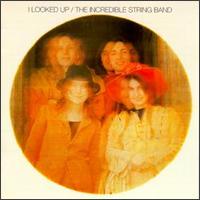
I Looked Up is the sixth album by the Incredible String Band. Recorded at a time when the band was busy rehearsing for their ambitious upcoming stage show, U, the album has been described by band member Robin Williamson as a "quickie" album.

Raymond Ronald Jones, better-known as Wizz Jones, is an English acoustic guitarist, and singer-songwriter. He was born in Thornton Heath, Surrey, England and has been performing since the late 1950s and recording from 1965 to the present. He has worked with many of the notable guitarists of the British folk revival, such as John Renbourn and Bert Jansch.
Clive Harold Palmer was an English folk musician and banjoist, best known as a founding member of the Incredible String Band.

Malinky is a Scottish folk band specialising in Scots song, formed in autumn 1998.
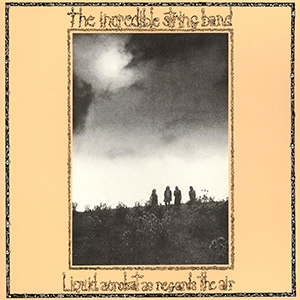
Liquid Acrobat as Regards the Air is the ninth album by the Incredible String Band. It features Mike Heron, Robin Williamson, Licorice McKechnie and Malcolm Le Maistre. The album was the band's first almost entirely electric recording; a new feature that was to define the change in the band's sound throughout their final period through 1974.

A Glint at the Kindling is a folk album released in 1979 by Robin Williamson and his Merry Band.
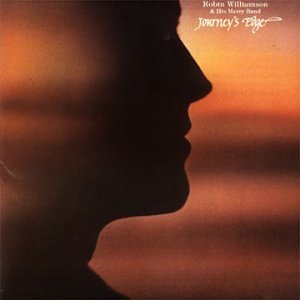
Journey's Edge is the second solo album by Scottish folk artist Robin Williamson and his Merry Band. The work was released in 1977, and re-released in 2008 by Fledg'ling Records with ten bonus tracks.
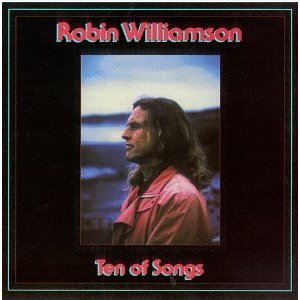
Ten of Songs is an album by the folk musician Robin Williamson, released in 1988.

The Iron Stone is an album released in 2006 by Robin Williamson. It is the third in a trio of Robin Williamson albums on ECM Records. "The Yellow Snake" and "The Iron Stone" are originally from the album Wee Tam and the Big Huge by The Incredible String Band, and "Verses At Ellesmere" and "Political lies" are from Ten of Songs.
"A Very Cellular Song" is a song by the Incredible String Band, written by Mike Heron, released on the 1968 album The Hangman's Beautiful Daughter.


















